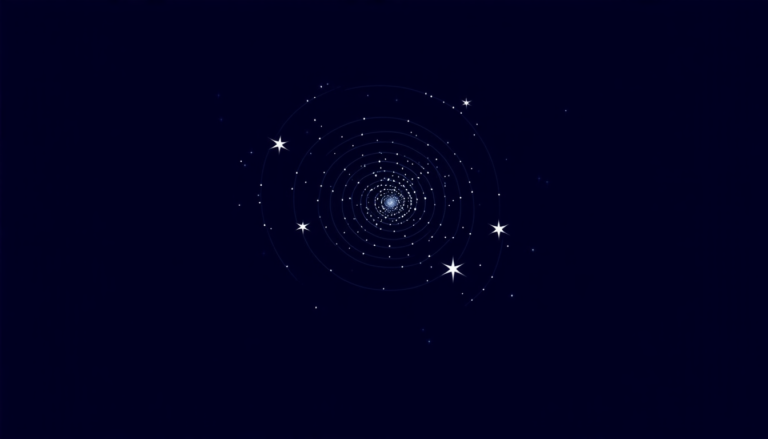Wednesday 09 April 2025
Scientists have made a thrilling discovery about the Earth’s magnetosphere, the region around our planet where magnetic forces are strong enough to trap charged particles. Researchers using NASA’s Magnetospheric Multiscale (MMS) mission have detected atomic and molecular nitrogen ions in this region for the first time.
The MMS spacecraft were deployed to study the complex interactions between the solar wind, the Earth’s magnetic field, and the magnetosphere. During a recent geomagnetic storm, the team was able to capture unprecedented data on the composition of the magnetosphere. By analyzing the data, they found that nitrogen ions, which are typically associated with the ionosphere, had made their way into the magnetosphere.
The discovery is significant because it provides new insights into how particles move between the ionosphere and the magnetosphere. The ionosphere is a region of the upper atmosphere where charged particles, such as nitrogen and oxygen, interact with solar winds and magnetic fields. The magnetosphere, on the other hand, is a region around the Earth where these particles are trapped by the planet’s magnetic field.
The MMS team used a specialized instrument called the Hot Plasma Composition Analyzer (HPCA) to study the composition of the magnetosphere. HPCA can detect ions with different masses and charges, allowing researchers to identify specific particles in the plasma. By analyzing the data from the HPCA, the team was able to identify nitrogen ions in the magnetosphere.
The presence of nitrogen ions in the magnetosphere suggests that there is a previously unknown pathway for charged particles to move between the ionosphere and the magnetosphere. This finding has important implications for our understanding of space weather and the impact it can have on Earth’s magnetic field and atmosphere.
The MMS mission has been instrumental in studying the complex interactions between the solar wind, the Earth’s magnetic field, and the magnetosphere. The data collected by the HPCA instrument will continue to provide valuable insights into these processes, helping scientists better understand the dynamics of our planet’s magnetic environment.
In addition to the discovery of nitrogen ions, the MMS mission has also shed light on other previously unknown phenomena in the magnetosphere. For example, researchers have found that heavy ions can slow down the reconnection rate at the dayside magnetopause, where the Earth’s magnetic field meets the solar wind. This finding has important implications for our understanding of space weather and its impact on Earth’s magnetic field.
Cite this article: “Unveiling the Secrets of the Solar Storm: MMS Mission Discovers Heavy Ions in Earths Magnetosphere”, The Science Archive, 2025.
Magnetosphere, Nasa, Mms, Nitrogen Ions, Ionosphere, Solar Wind, Magnetic Field, Space Weather, Magnetopause, Plasma







